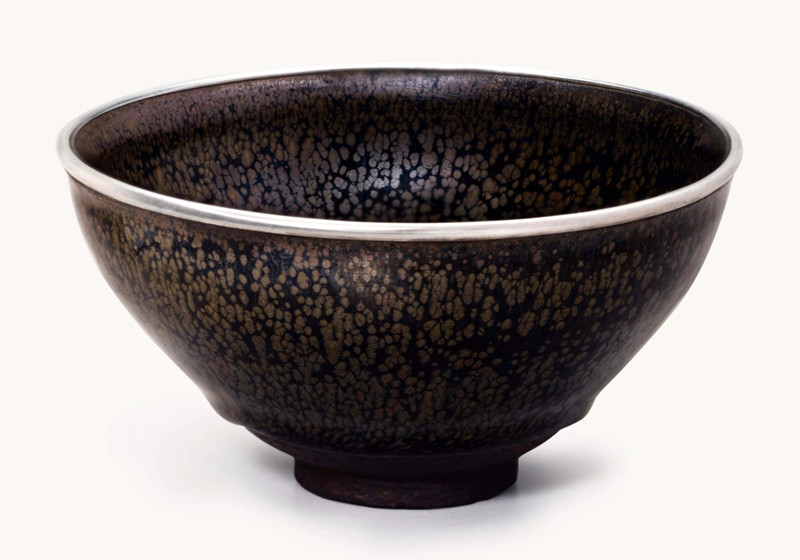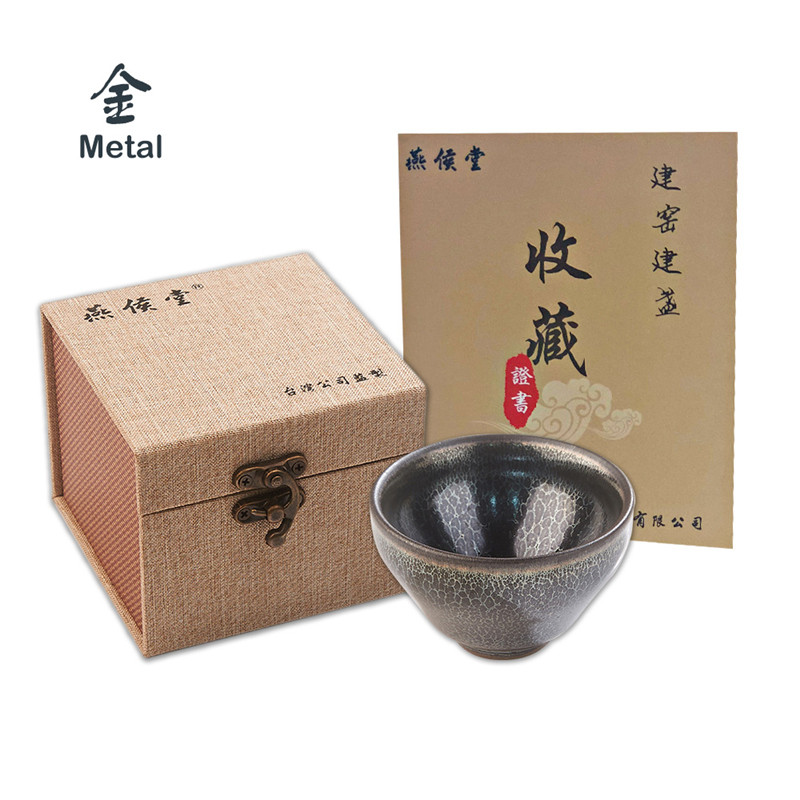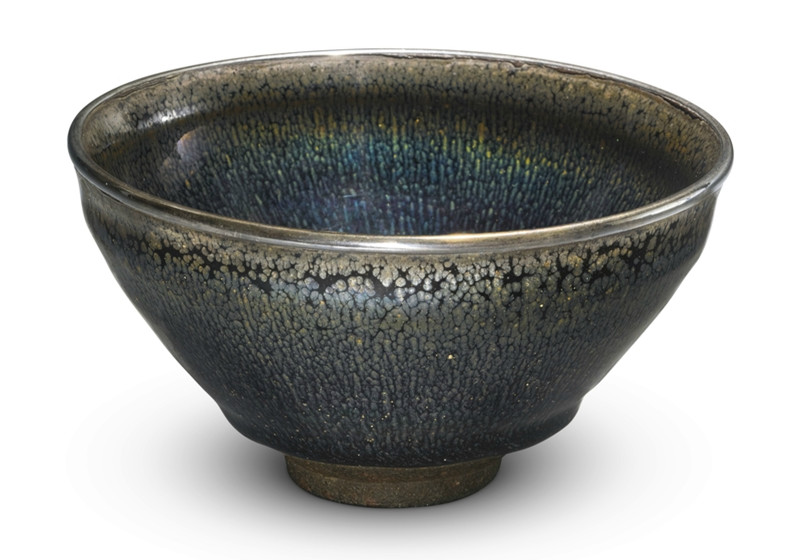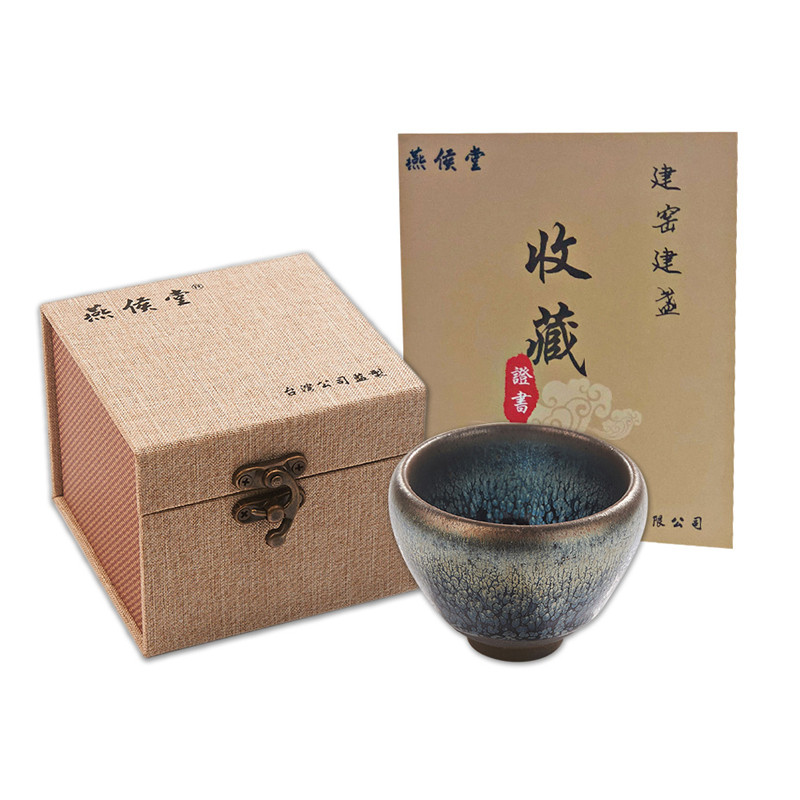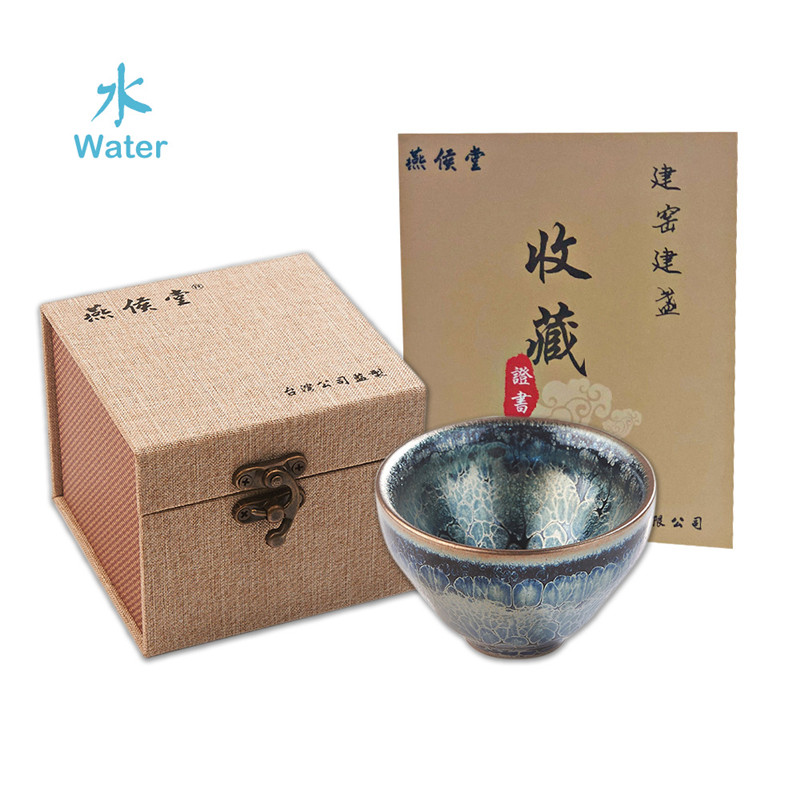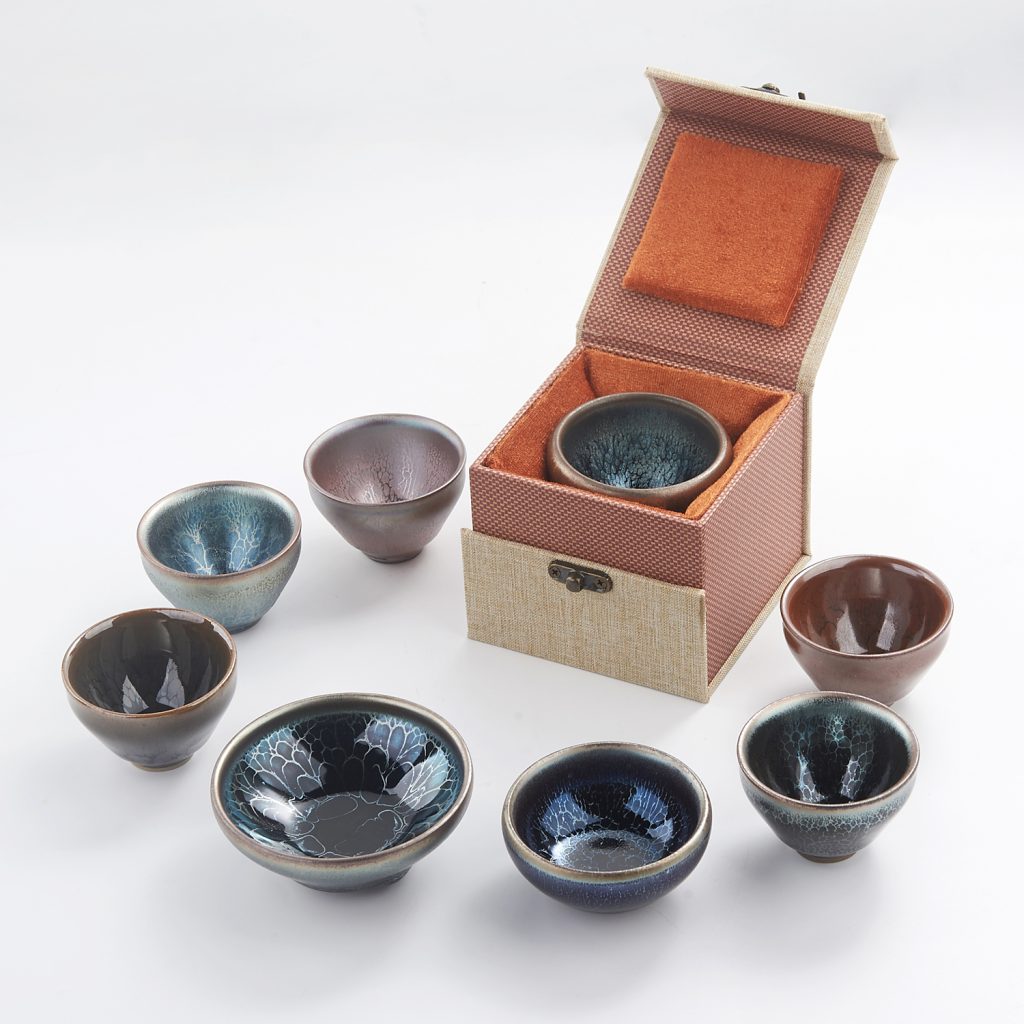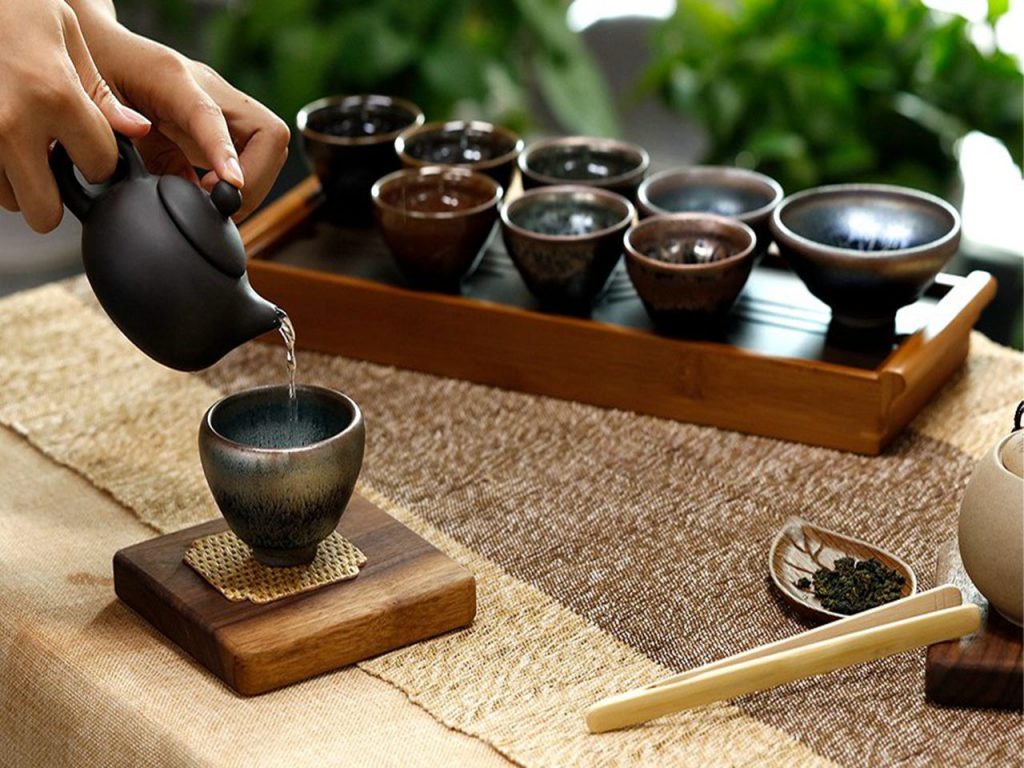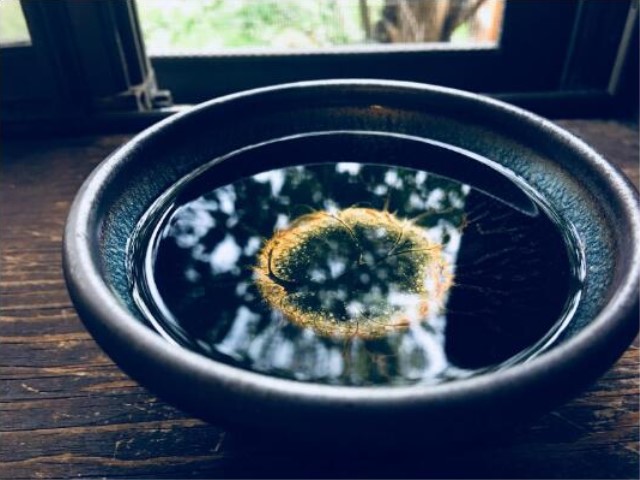The Most Valuable Jianzhan Auction Tea Bowl from Song Dynasty

Jian Zhan is a kind of porcelain. In the Song Dynasty, Jian Zhan was deeply sought for the Royal and noble tea lovers and then spread to Japan. Today, four of national treasures in the National Museum of Japan are Tenmoku tea bowl.
The major Asian art auctions at Christie’s and Sotheby’s in New York has hundreds more stunning ceramics. Although none is anticipated to be as high-grossing as the rare Tea bowl, you can never predict what will happen at auction.
The most valuable of the three Jian Zhan in the Song Dynasty>>
1.Oil Spot Jian Tea Bowl
A Chinese ‘Oil Spot’ Jian tea bowl from the Southern Song Dynasty (1127-1279) sold for $11.7 million at Asian Art Week, held Sept. 13-16,2016 by Christie’s in New York City. That is to say a new world auction record for a Song Dynasty Jian Zhan tea bowl.
The deep, rounded sides are covered inside and out with a thick iridescent black glaze suffused with a dense pattern of variegated iridescent ‘oil spots’, stopping in an irregular line and pooling above the foot, exposing the blackish-brown body. The mouth rim is mounted with a metal band.
4 13/16 in. (12.2 cm.) diam., Japanese wood, and lacquer boxes and a selection of other accessories
LOT SOLD. USD 11,701,000
The first picture is an Auction Tea Bowl. The Second one is Yan Hou Tang Hand-made Imitate the Ancient Jianjian Teacup.
2.’NOGIME TEMMOKU’ TEA BOWL
A magnificent and extremely rare’s nogime temmoku Jian Zhan tea bowl southern song dynasty. 12th century of ‘Jianyao’ manufacture and ‘silver hare’s fur’ type, solidly potted.
The tall conical form, with a groove below the lip and an evenly shaped, shallow foot, and covered with a thick, highly glossy black glaze. And with overall radiating iridescent silvery-blue striations, draining from the rim and stopping well above the foot in a glossy black bulge.
After that revealing the dark brown body beneath, the rim later bound in gold; accompanied by a 16th-century Ryukyu plaque burgauté stand of dark brown lacquer with cinnabar-red interior, the ring-shaped support and wide rim inlaid in mother-of-pearl with chrysanthemum scrolls, the flared foot and edges with key-fret and other formal borders, the foot marked on the inside with a tian (‘heaven’) character and a leaf fan, both incised and gilt
LOT SOLD. 1,105,250 GBP
The first picture is an Auction Tea Bowl. The Second one is Yan Hou Tang Hand-made Imitate the Ancient Jianjian Teacup.
3. ‘JIAN’ ‘HARE’S FUR’ ‘TENMOKU’ BOWL
An exquisite and rare ‘Jian’ ‘hare’s fur’ ‘tenmoku’ bowl southern song dynasty of deep conical form with a groove below the lip and a shallow straight foot.
It covered in a thick black lustrous glaze, the interior with silver to pale brown striations terminating in blue dots at the base. The exterior with brown striations at the rim terminating in silvery-blue striations where the glaze pools short of the unglazed foot revealing the dark brown body underneath; accompanied by a 15th/16th century Ryukyu mother-of-pearl inlaid lacquer stand with a geometric design.
And moreover underside with a continuous chrysanthemum scroll, the bowl and stand with gold, green, blue and white brocade pouches in a ribbon-tied paulownia-wood box and cover and ribbon-tied black lacquer outer box
Quantity: 3 12.2 cm, 4 7/8 in.
LOT SOLD. 1,092,500 USD
The first picture is an Auction Tea Bowl. The Second one is Yan Hou Tang Hand-made Imitate the Ancient Jianjian Teacup.
Reviving Jian Zhan Designer >>>
One of the beautiful attributes of Jian Zhan lies in their crystalline structures. These occur in the natural glaze through firing, and these will subtly change over time through constant use. Tea oils are slowly absorbed into the cup, not so much building a patina (like Yixing teapots).
It is very slightly altering the way the crystals refract light, acting as a sort of ‘lens’. This effect grows through the constant use of a JianZhan tea bowl, making it more beautiful over time.
This very subtle effect gave Jian Zhan the kind of collectible value in the Song Dynasty. So as Yixing teapots have today. The incredible glaze was even thought to slow the way. Likewise, green tea slowly becomes flat and off if left in a cup for a long time, meaning that green tea whisked at competitions would better preserve its full, crisp sweet quality.

